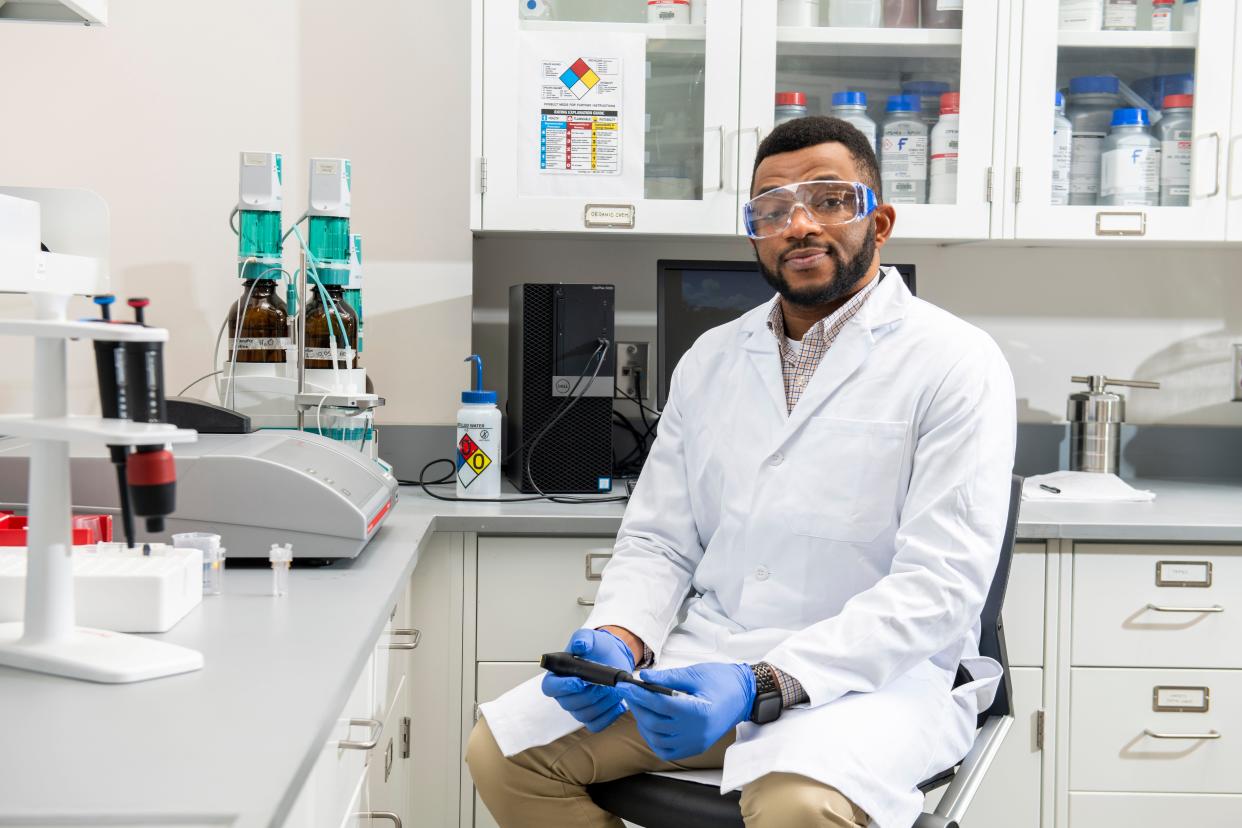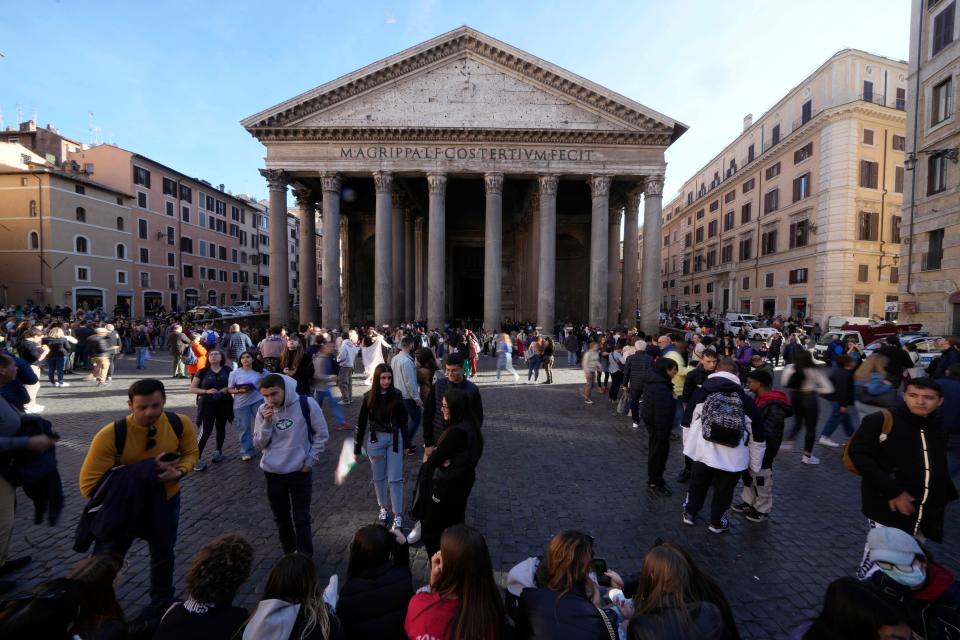S&T researcher examines what ancient Roman concrete can teach us about building material

A Missouri University of Science & Technology researcher aims to combine the durability of ancient Roman concrete with the flexibility of modern concrete to produce a superior building material.
Monday Uchenna Okoronkwo, assistant professor of chemical and biochemical engineering, received $675,000 from the National Science Foundation's Faculty Early Career Development Program for the research, which will involve outreach to graduate and undergraduate students at S&T.
Many concrete structures from ancient Rome are still standing, probably most notably the Pantheon in Rome. There are also ancient ports and bath houses made of concrete.
"The Roman concrete has some characteristic properties that make it more durable than modern-day concrete," Okoronkwo said.
Some online articles attribute the ancient Roman concrete's durability to its ability to "heal itself", by filling its own cracks.
The Romans used volcanic ash, while the modern technique uses limestone and clay, he said.
Modern concrete degrades when exposed to the environment, he said.
"It corrodes and that leads to failure," Okoronkwo said of modern concrete.
Information about how the ancient Romans made their concrete is incomplete, Okoronkwo said.

"What we have about Roman concrete is limited," he said. "What we're trying to do is use what we know to do some reverse engineering to produce something new."
There are chemical additives that can be included in the ancient Roman process to make it more flexible like modern concrete, he said.
"We are trying to see how we can mimic those beneficial aspects of ancient Roman concrete," Okoronkwo said. "By mimicking those aspects, we believe we can achieve similar durability."
The goal is combining the best aspects of each method and eliminating those that aren't beneficial, he said.
"There are good properties in ancient concrete and good properties in modern concrete," Okoronkwo said. "We want to combine the durability of the ancient Roman concrete with the flexibility of modern concrete."
Another potential upside is reducing the carbon produced in making concrete, he said. That will be done by using less lime and reducing the temperature required in making the concrete.
"We think that it will lead to a reduction of CO2 by at least 50%," he said.
His research will be a "proof of concept" with a long process before the construction industry adopts the practice, Okoronkwo said.
"We will look at additional funding to try to commercialize it and scale it up," he said.
The construction industry doesn't want to take risks, he said.
Roger McKinney is the Tribune's education reporter. You can reach him at rmckinney@columbiatribune.com or 573-815-1719. He's on Twitter at @rmckinney9.
This article originally appeared on Columbia Daily Tribune: Missouri S&T prof seeks to combine the best of ancient and modern concrete

